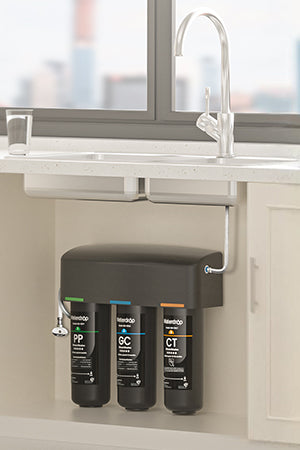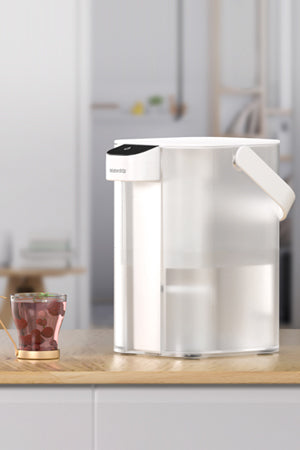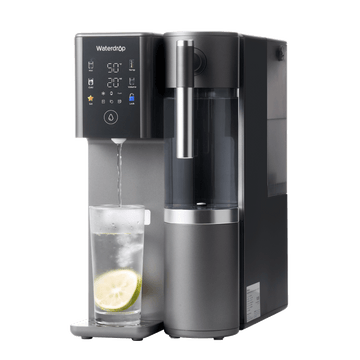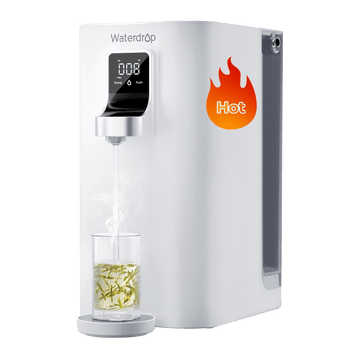Product Type
Filtration Type
Dispensing Option
Reverse Osmosis Systems
Regular price
$519
$649.00
Sale price
$649.00
Regular price
Unit price
/
Smart touch screen TDS & filter life at a glance 3:1 Pure to Drain Save...
Regular price
$699.00
Sale price
$699.00
Regular price
Unit price
/
Model number WD-K19 Pure to Drain Rte 3:1 Daily Production Rate 75 GPD Feed Water...
Sort by
- Featured
- Best selling
- Alphabetically, A-Z
- Alphabetically, Z-A
- Price, low to high
- Price, high to low
- Date, old to new
- Date, new to old




































































